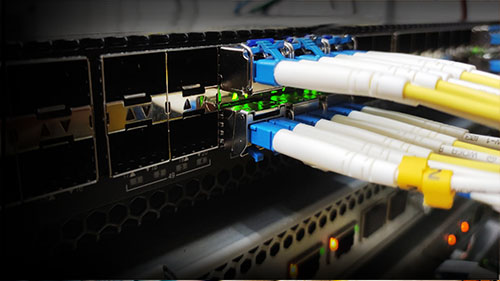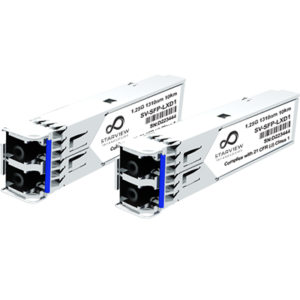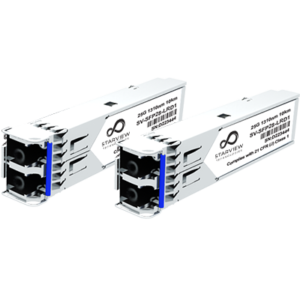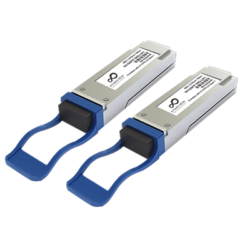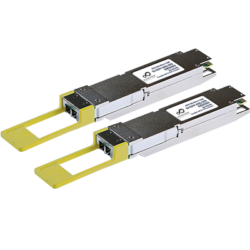- SOLUTIONS
- PRODUCTS
- SERVICES
- PARTNERS
- RESOURCES
The Right Transceiver for Your Network

Optical transceivers make your cloud computing environments highly efficient and operational

Starview Technologies l A value-added distributor I Peplink products
The Right Transceiver for Your Network
Choosing the right transceiver and partner are important to ensuring efficient and reliability of your network. With so many different types of transceivers and so many suppliers in the market, it can be challenging to determine what is best for you.
In this newsletter, we shall provide some tips on how to choose the right transceiver and partner for you:
• Know your network:
Before selecting a transceiver, you need to know your network requirements, such as the distance of the connection, data rate and device to be used in. These information helps to determine which is the transceiver best suitable for your network. In other cases, if you are connecting the transceiver with another device, you will need to determine the correct wavelength.
• Identify the fiber type:
The fiber type in your network is important. You can identify the fiber type by its colour. Single-mode fiber is yellow colour, while multimode fiber is either orange/ cyan/ purple colour. This helps to ensure the correct transceiver is used in your network.
• Compatibility with your equipment:
When selecting a transceiver, you need to ensure that it is compatible to work seamlessly with your equipment like the original module. The transceiver must be programmed to match the original coding of the equipment. If the transceiver is not compatible with the device, there will be error messages and, in most cases, the transceiver is not operable.
• Form factor:
Transceivers come in many form factors, such as SFP, QSFP, and CFP. Each form factor matches the transceiver cage of the device.
• Reliability:
The reliability of the transceiver is very important for the transmission of the data. Without high reliability of the transceiver, you may spend lots of time to troubleshoot the problem, resulting in longer downtime of your network. Uptime of your network is important; you must select a reputable partner that offers good support and warranty.
• Operating environment:
Usage of the correct transceiver for the operating environment helps to prolong the operation of the device. There are transceivers that support standard operating temperature: 0 – 70° C / 32 – 158° F as well as Industrial operating temperature: -40 – 85° C / -40 – 185° F. The transceiver will emit heat in the result of operation. When the transceiver is used for the wrong environment, the transceiver may overheat, resulting for it to shut down momentarily or cause damage to the network device.
Starview offers a wide variety of transceivers, and the more popular transceivers used today are:
Starview is a reliable supplier and expert of Optical Transceiver modules with more than 13 years of experience. Our patented technology is its programmability of optics in the field with STARPOD (Starview Programmable Optical Device) that allows our modules to work like the original modules in the customer’s device. In our next newsletter, we shall share more information of our STARPOD. Customers will enjoy greater flexibility of choice and cost savings.
Besides transceivers, Starview offers many other accessories to provide a full suite of optical products and solutions

